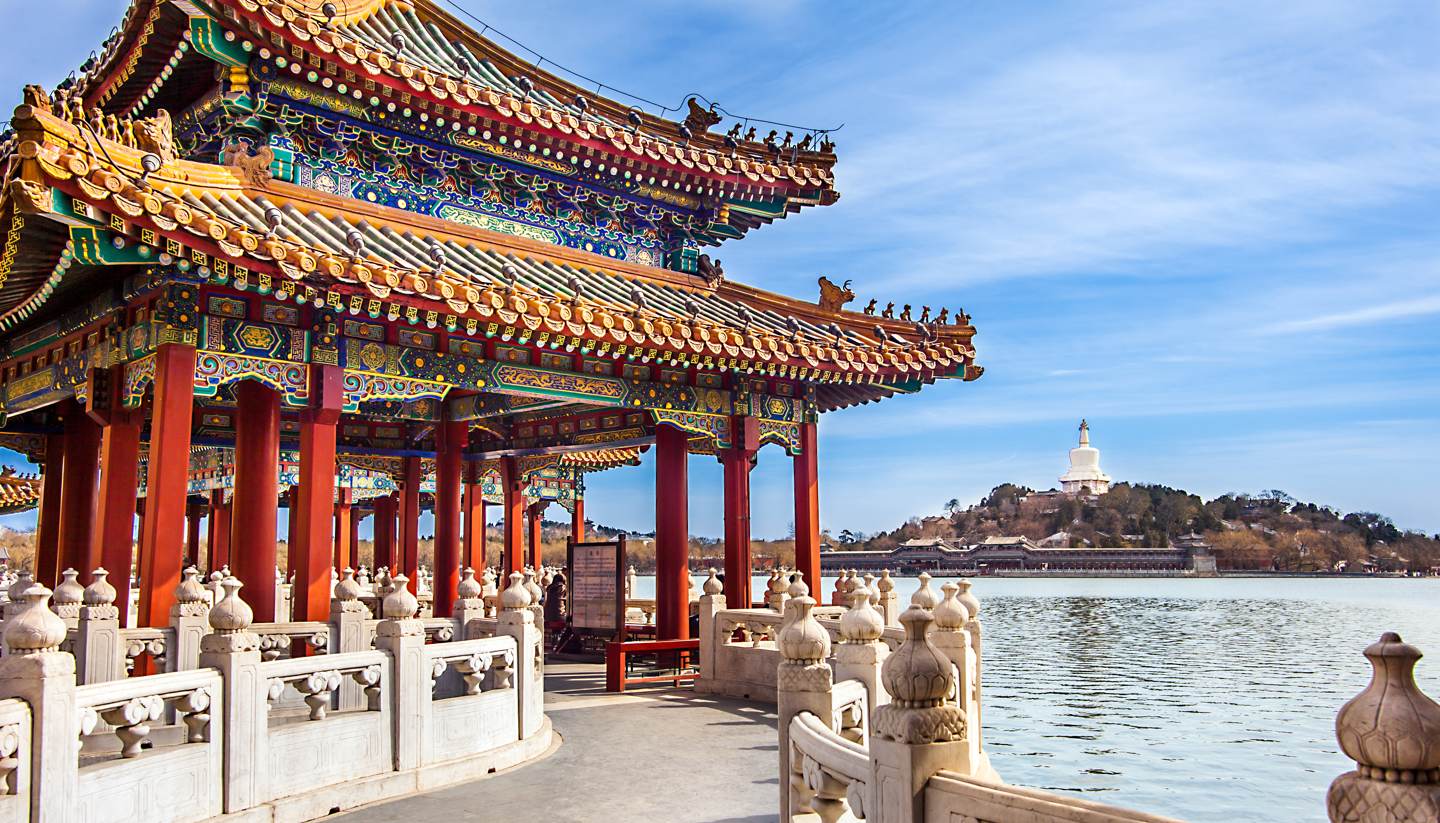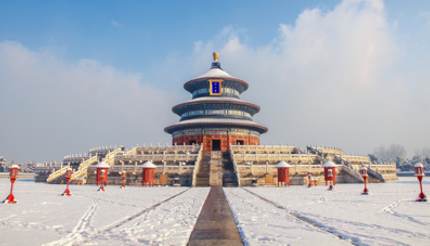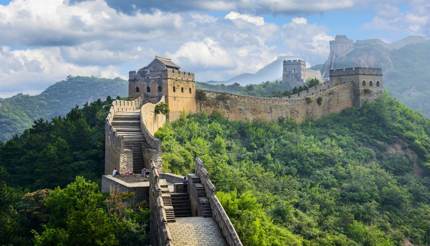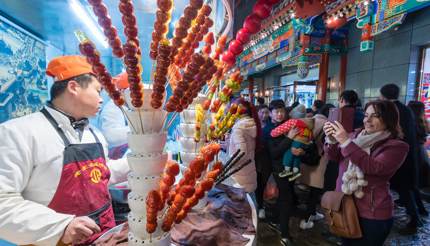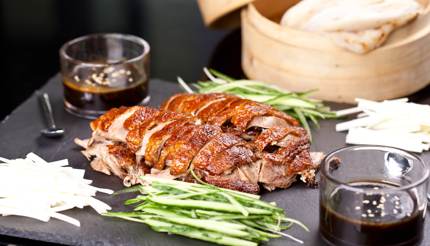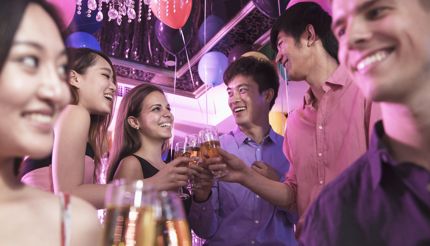Beijing is everything you could want in a modern metropolis, but the city still honors its history
Beijing’s history stretches back thousands and thousands of years, but this ancient city has fully embraced the future. City planning and urbanisation took off in the 1980s following the death of Mao Zedong, and the city soon grew into a metropolis that showcases the triumph of modern technology. As China’s capital and one of the most populous cities in the world, Beijing is teeming with delicious food, historical sites, and fascinating culture.
When to go
Spring (March to May) is typically mild, with temperatures ranging from 12°C (54°F) to 27°C (80°F) and this is widely considered the best time to visit. The Pure and Bright Festival, which celebrates the arrival of spring, is held every April.
Summer (June to August) is hot, with temperatures reaching 30°C (87°F) and high humidity. This is peak travel season for most tourists.
Autumn (September to November) is still pretty warm, with temperatures hovering at 27°C (80°F) at the start of September but then gradually dropping to 10°C (50°F).
In Winter (December to February) temperatures can drop dramatically, occasionally bringing snowstorms. Winter days are typically around 2°C (35°F).
Getting Around
With 21 million residents, it’s not surprising that traffic in Beijing is a living nightmare. Luckily, the public transportation is excellent. The metro and bus systems are extensive and efficient, with the underground metro being the fastest mode of travel by far. Swipe cards for public transit are called ‘Yi Ka Tong’ and can be purchased at major metro stations. Single tickets are available, but multi-use or monthly tickets are not.
China requires all drivers to have a Chinese drivers license, so cars aren’t an option for most tourists unless you can afford to hire a driver as well. Thankfully, the abundance and relatively low cost of taxis makes up for it.
If you’re looking for a fun way to see the city, bikes are another good option. You can rent them using the same card you use for the bus or metro.
For more information on modes of transportation in Beijing, check out our Getting around Beijing guide.
Must See Attractions
Great Wall of China
As one of the most famous landmarks in the world, the Great Wall of China is an absolute must-see. There are plenty of tours that offer transportation to the best preserved and restored sections of the wall, which are only 1-2 hours away. If you’re looking for something off the beaten path, you can also look into hiking sections of ‘wild wall’, which are unrestored pieces of the Great Wall.
Forbidden City
The Forbidden City dates back to the 15th century. This palace complex, located in central Beijing, used to house Chinese emperors and other government officials. It was closed off to the rest of the public, hence the “forbidden”. In 1925, after the last emperor was evicted, the complex was converted into the Palace Museum and began to welcome the public to take a look inside.
Hutongs
Elaborate palaces and temples showcase the history of China’s rulers, but the hutongs are where you’ll find the history of true Beijingers. These narrow alleys or lanes are all over the city, and they play an important role in Beijing’s culture. The names of hutongs often come from a story about the people that lived there or things that happened there. Visit the most famous ones, or spend some time wandering through at random.
For more recommended attractions, visit our Things to see in Beijing guide.
Quirky and Offbeat
Wangfujing Snack Street
This night market, located just a short walk from the Forbidden City, features snacks from all corners of China. Vendors serve up everything from traditional dumplings to less conventional deep-fried grubs. If you’re feeling adventurous, you can even try a skewer of fried scorpions.
Karaoke
Karaoke, sometimes called KTV in China, is a huge part in South Korean and Japanese culture. Many would be surprised to learn that Beijing actually has a raging karaoke scene. Far from the Western standard of dive bars with a microphone, karaoke bars in Beijing have private rooms where waiters deliver fancy cocktails to customers as they sing their hearts out on stage.
798 Art District
50 years ago, this military factory complex was one of the best in China. The factories were decommissioned in the 1990s, but artists began to rebuild the space in 2002. Today, the complex is a thriving centre for galleries, studios, restaurants, bookshops, and all manner of art spaces. Notable galleries include the Aliens Center for Contemporary Art and PACE Beijing.
For more offbeat ideas, visit our Things to do in Beijing guide.
Travel Tips
Must-try Specialties
- Peking Duck – This crispy duck has been eaten by Beijingers since the Imperial era, and is truly a classic. The meat is covered in sweet maltose syrup and then roasted for hours in a hung oven. It is usually eaten in little pancakes filled with spring onion, cucumber and a sweet bean sauce.
- Zhajiangmian “fried sauce noodles” – These thick noodles are served with a sauce made from ground pork and fermented soybean paste. Most parts of China use a sweet bean sauce, but in Beijing it is traditional for chefs to use yellow soybean paste.
- Shaobing – a layered flatbread that can be made with all manner of fillings, or no filling at all. This bread typically comes as a companion to other dishes, mostly soups or porridge.
- Jioaquan – Literally called a “fried ring” this common snack is similar to a doughnut, and usually eaten with cake or bean curd milk.
- Hotpot – a classic Chinese dining experience. Hot pot refers to a large pot of hot soup that comes with a variety of raw meats, vegetable and sometimes noodles. You cook the food in the soup yourself and eat as you go.
Tipping is uncommon and not expected in Beijing, unless you are in a very high-end hotel or a luxury western restaurant, where a small tip is acceptable but not always expected.
For more food recommendations, visit our Beijing food and drink guide: 10 things to try in Beijing, China.
Hotels
As one of the largest cities in China, Beijing attracts all kinds of businesspeople, wealthy travellers, backpackers and casual tourists. The range of accommodation reflects this variety of visitors. There are plenty of international chains such as Four Seasons and Mariott, as well as boutique hotels and hostels. Airbnb is also becoming increasingly popular.
For more information on accommodation in Beijing visit our Beijing Hotels guide.
Nightlife in Beijing
Like any major city, Beijing is filled with glitzy nightclubs serving up expensive cocktails and pounding electronic beats. If that doesn’t appeal to you, there are plenty of cool, hole-in-the-wall bars hidden in the hutongs. Live music bars feed Beijing’s thriving alternative music scene, and microbreweries have become all the rage since the 2008 Olympics.
For more information about Beijing’s nightlife, visit our Beijing nightlife guide.
Visa Requirement for Beijing, China
American, Australian, British, Canadian, and EU nationals can visit Beijing without a visa for up to 144 hours (six days) if they are in transit. The key is you must transit in Beijing en route to another country, otherwise you must apply for a visa. The visa issue is rather complicated and we would advise you to check out our China Visa and Passport requirements guide.
Before you go, check out:
